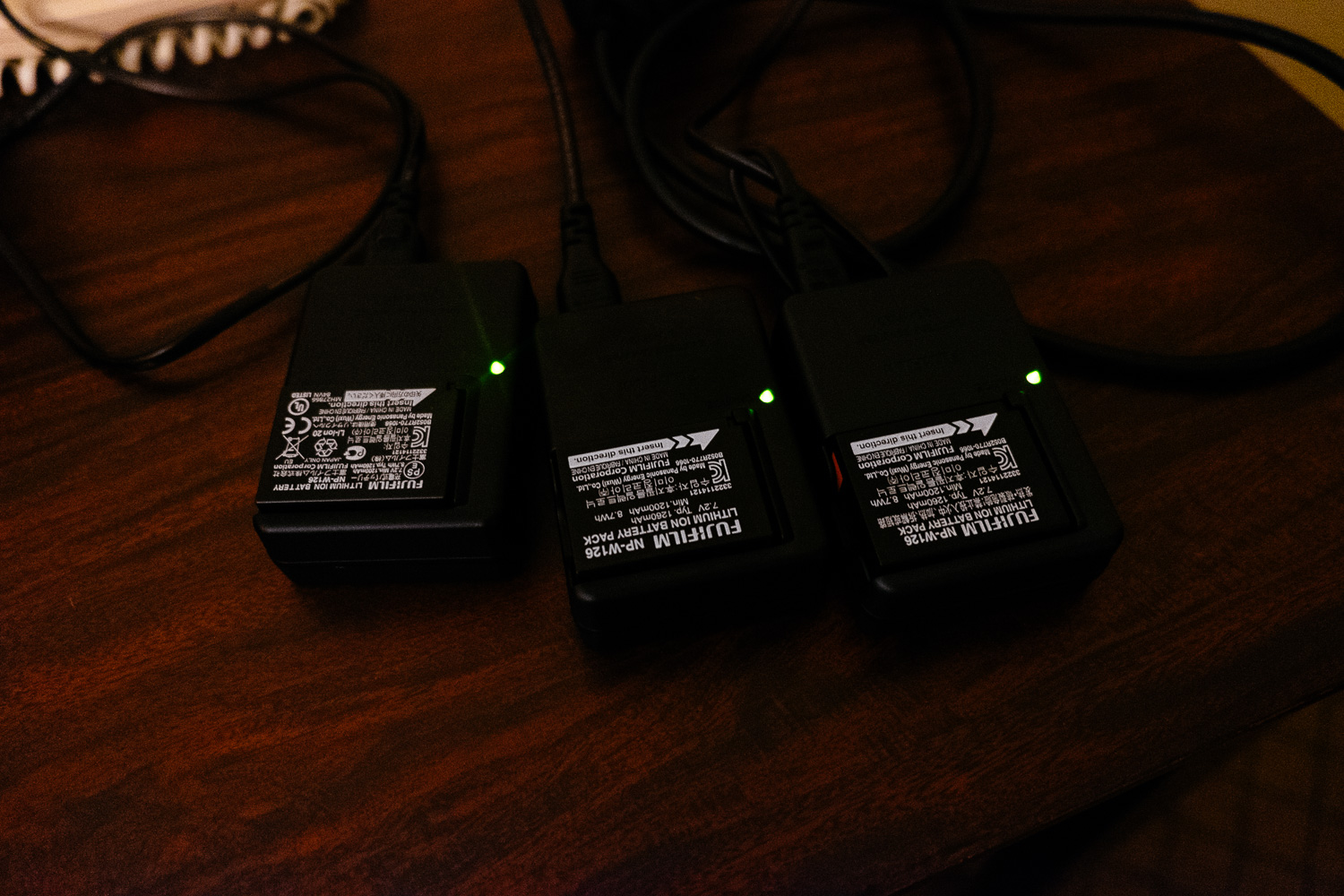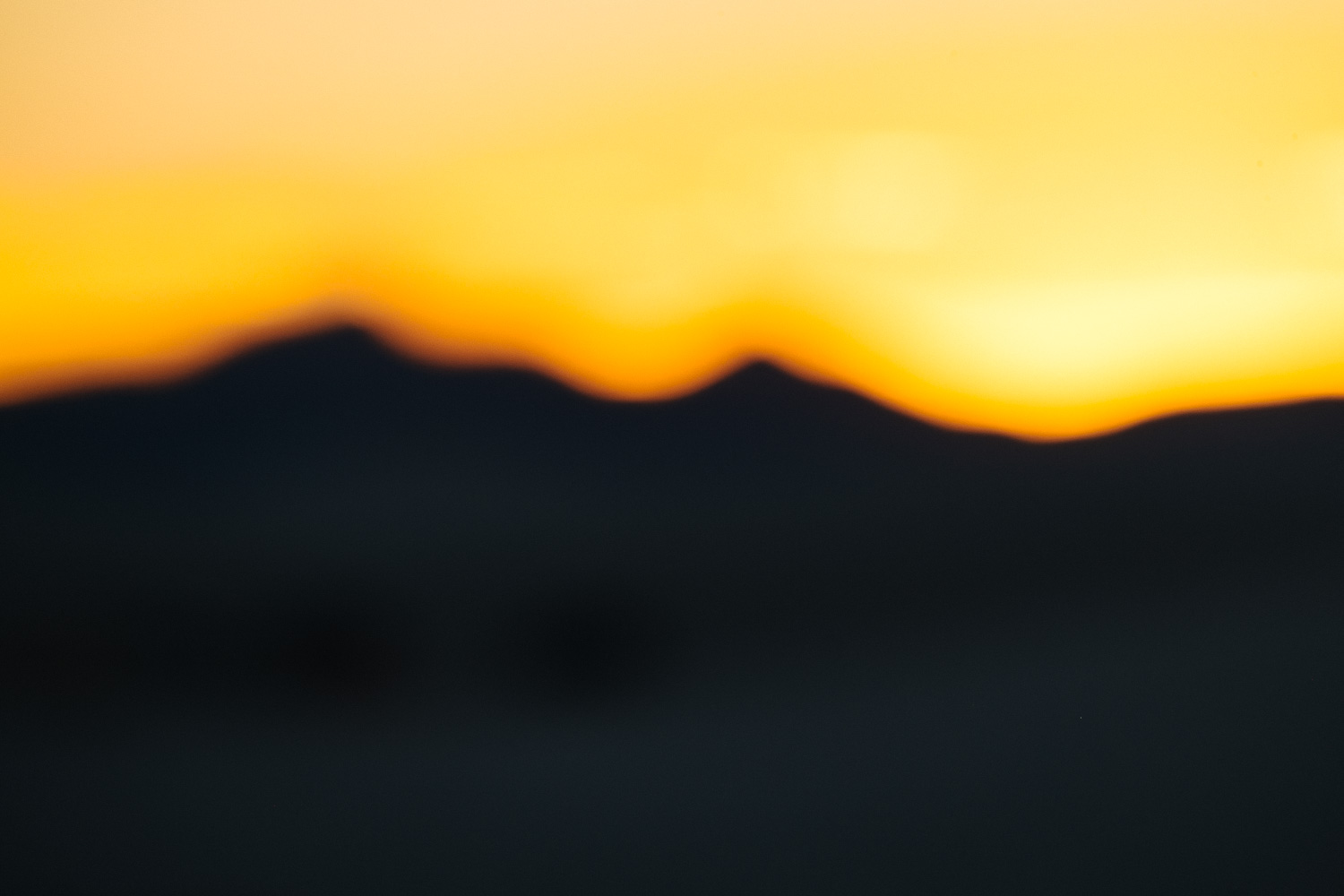 FUJIFILM X-Pro1 (230mm, f/8, 1/200 sec, ISO200)
FUJIFILM X-Pro1 (230mm, f/8, 1/200 sec, ISO200)
One more time: The White Sands National Monument, NM.
This is the last post covering the place – I promise! Finally some sunset shots. I had the tele zoom on the X-Pro 1 even though that resulted in some focus hunting. My Fuji X-T1 would have done a better job but my subjects were not running anywhere. No need for fast AF.
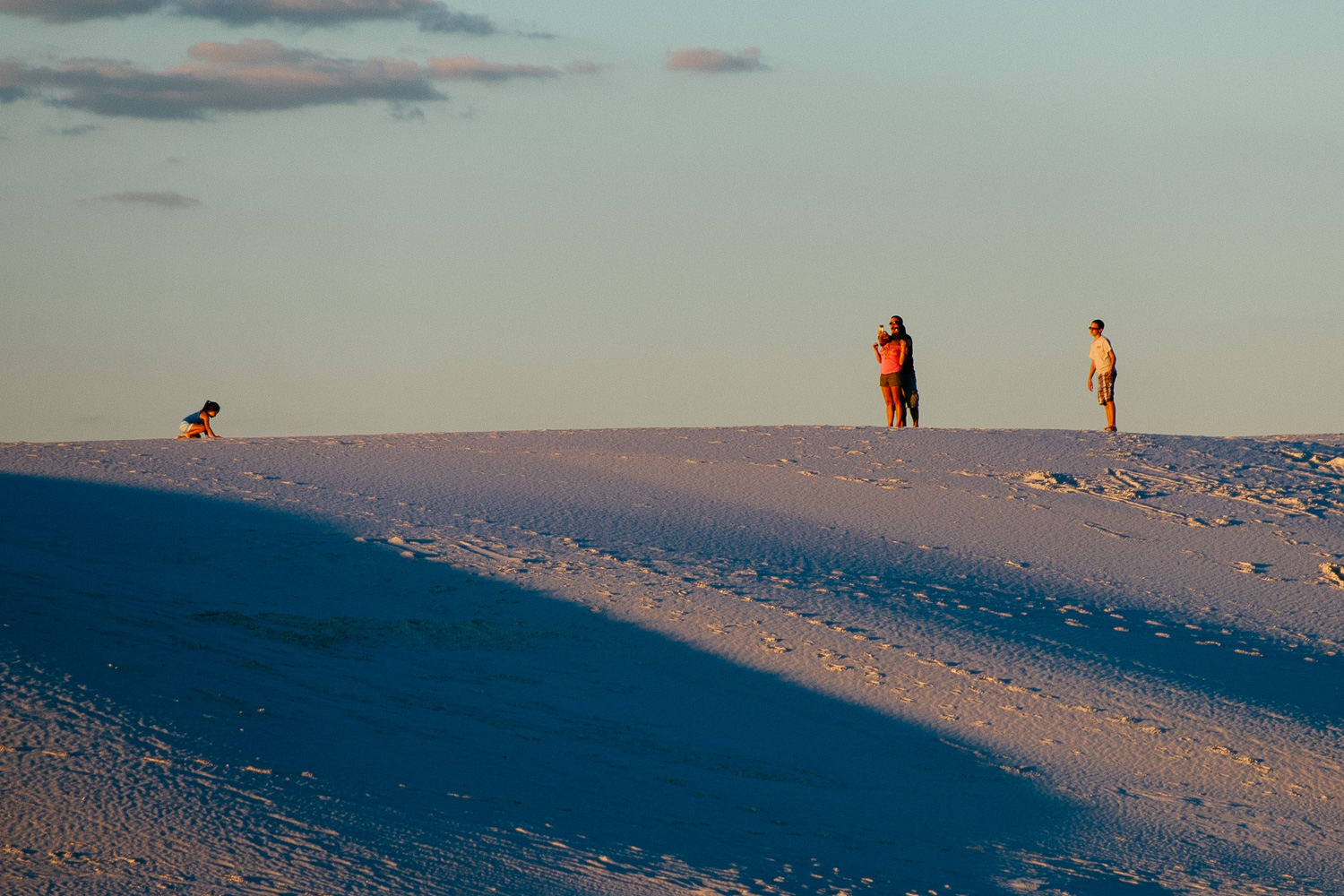 FUJIFILM X-Pro1 (192.9mm, f/6.4, 1/340 sec, ISO200)
FUJIFILM X-Pro1 (192.9mm, f/6.4, 1/340 sec, ISO200)
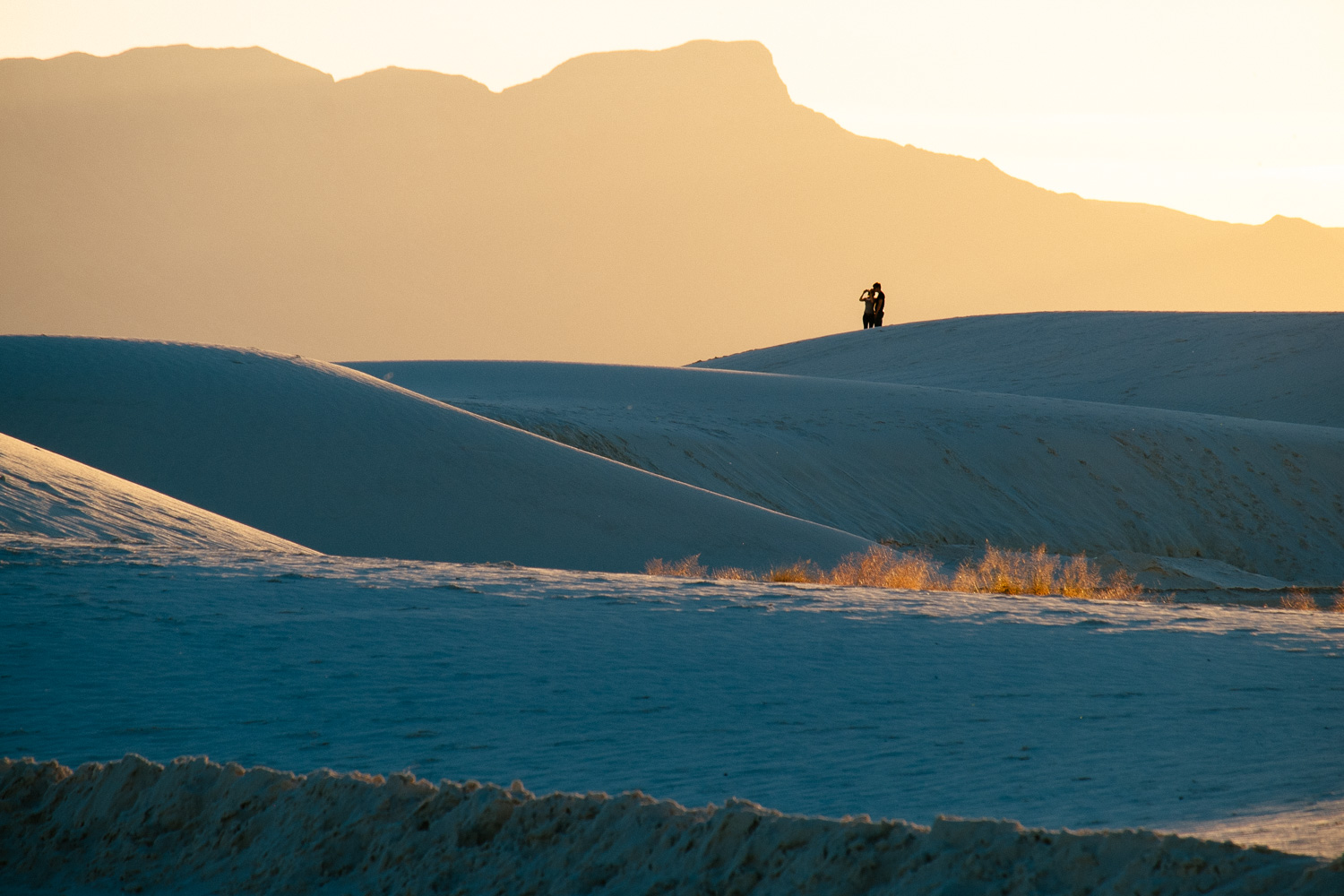 FUJIFILM X-Pro1 (230mm, f/10, 1/125 sec, ISO320)
FUJIFILM X-Pro1 (230mm, f/10, 1/125 sec, ISO320)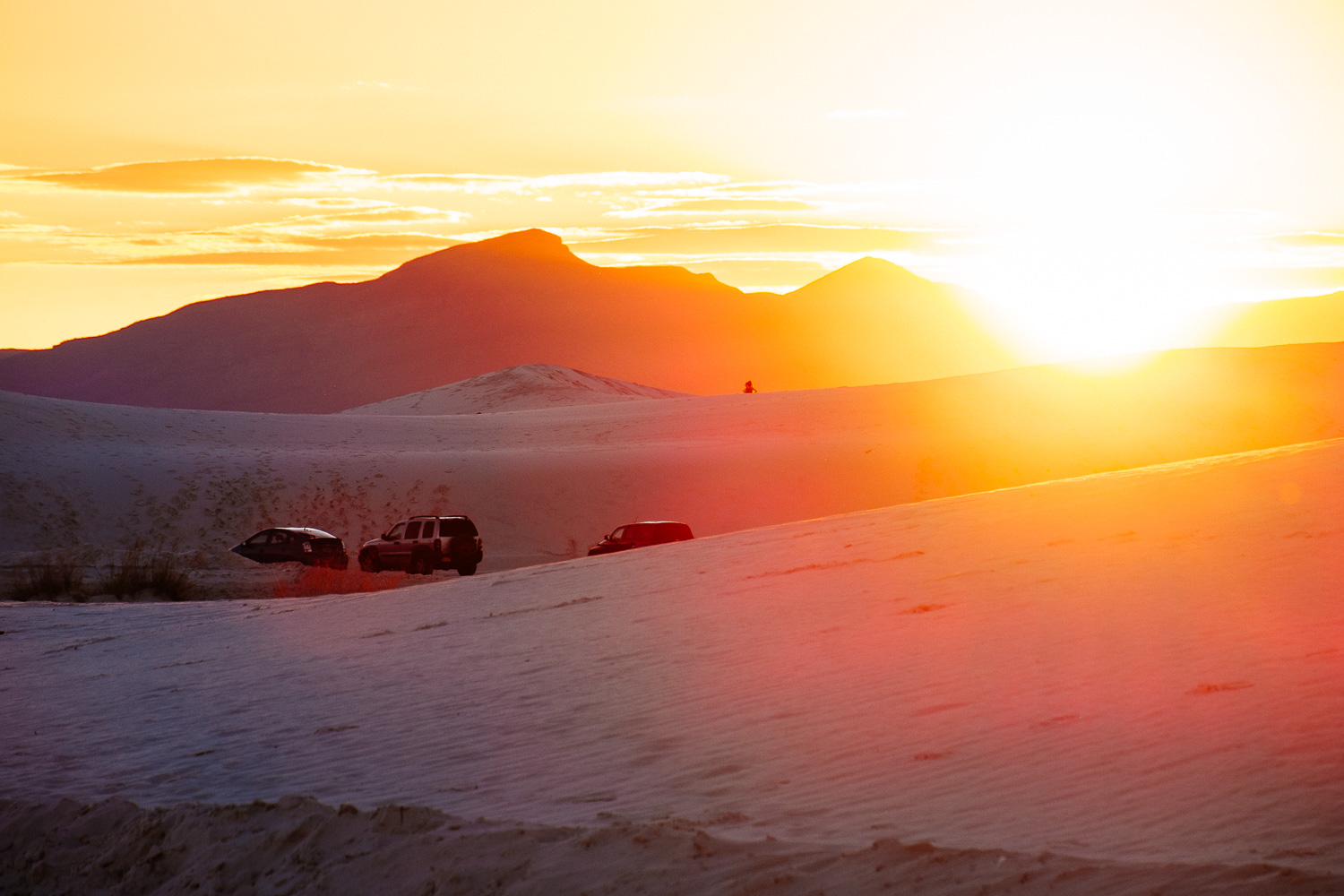 FUJIFILM X-Pro1 (192.9mm, f/9, 1/125 sec, ISO200)
FUJIFILM X-Pro1 (192.9mm, f/9, 1/125 sec, ISO200)
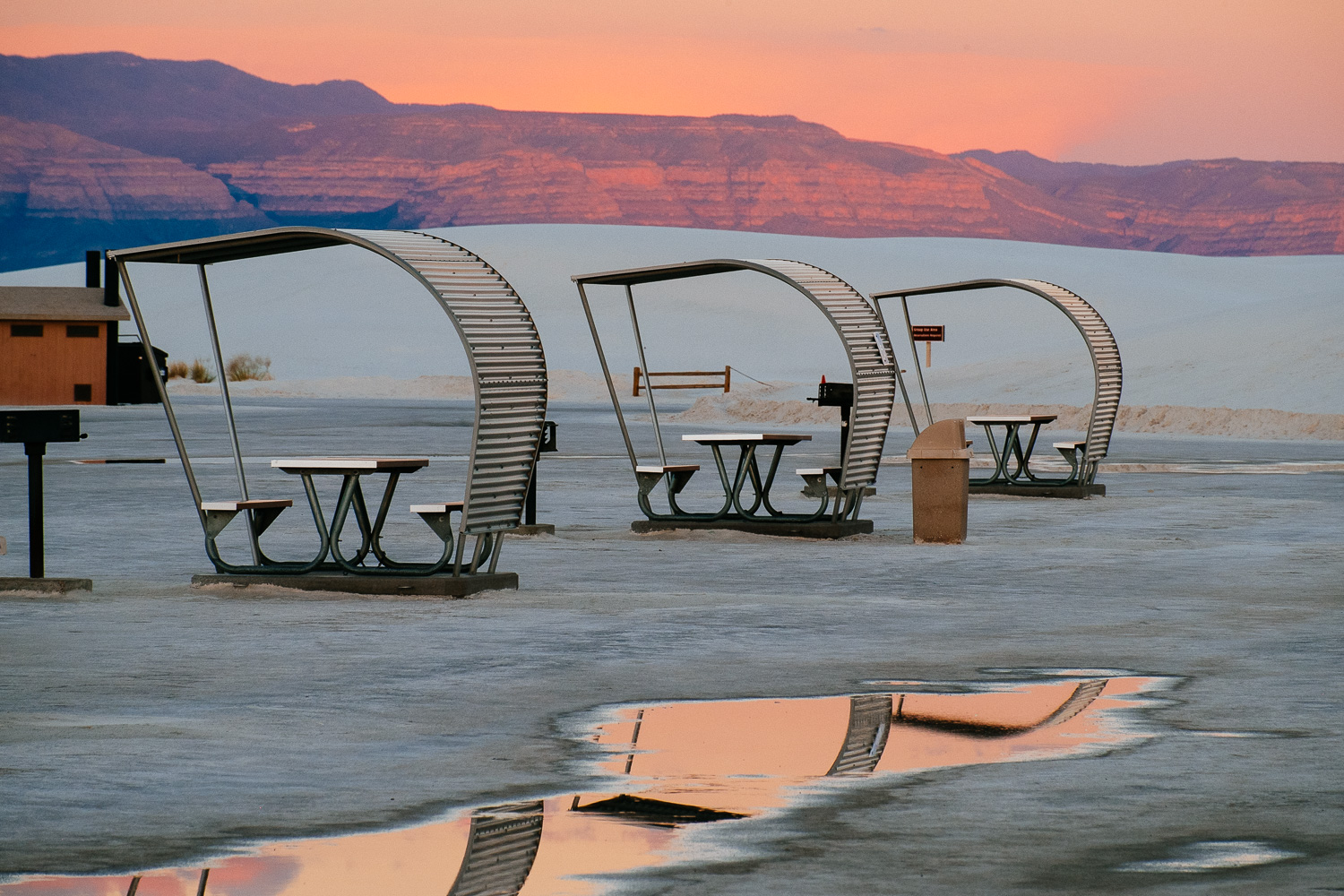 FUJIFILM X-Pro1 (135.7mm, f/8, 1/125 sec, ISO800)
FUJIFILM X-Pro1 (135.7mm, f/8, 1/125 sec, ISO800)
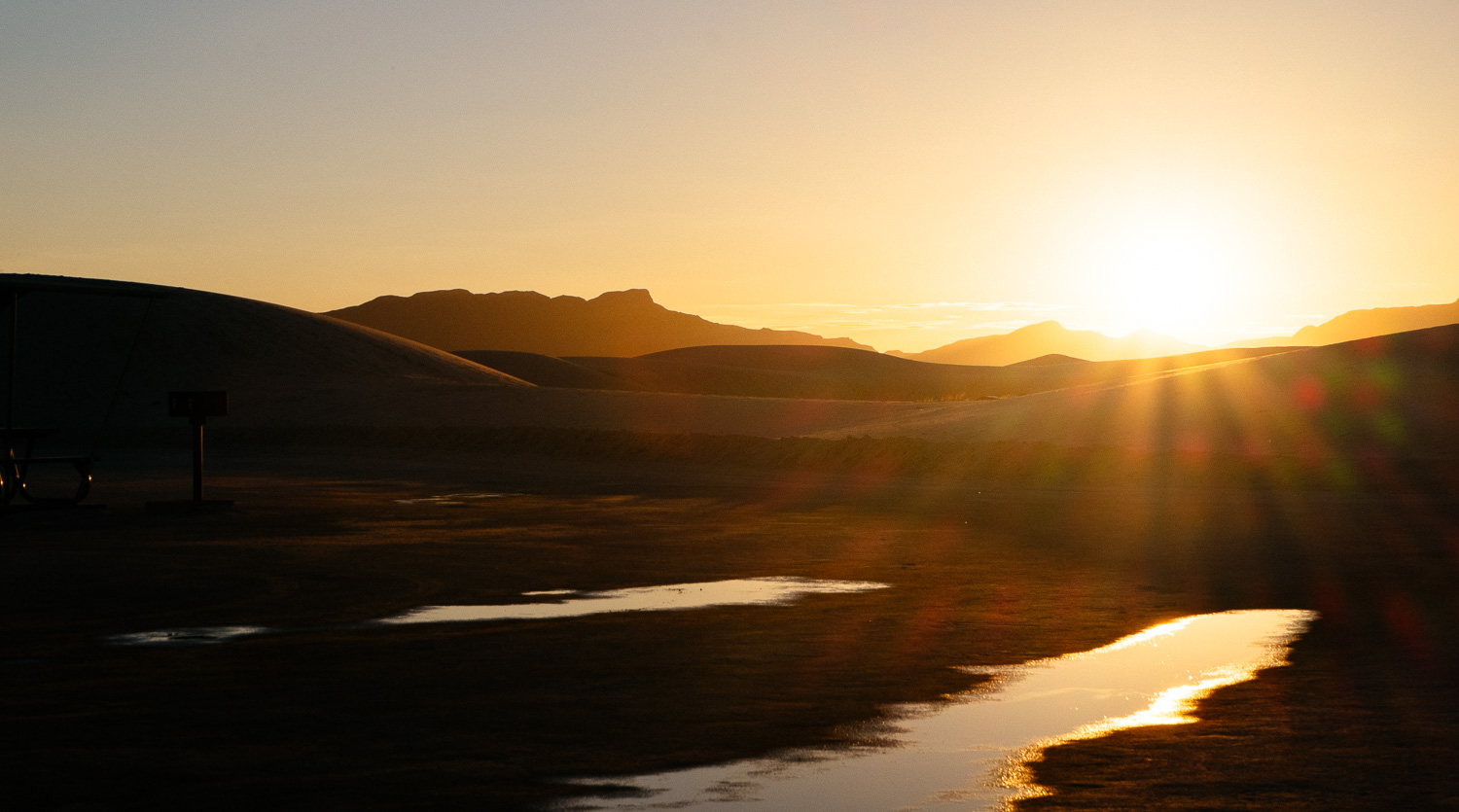 FUJIFILM X-M1 (50mm, f/14, 1/420 sec, ISO400)
FUJIFILM X-M1 (50mm, f/14, 1/420 sec, ISO400)
I have to admit that I have seen better sunstars and better flare behavior but the XC 50-230 OIS did I fine job for the money (it was included in the Fuji X-M1 two lens camera kit so it was practicably for free). It is cheap and slow but for landscapes that is not a big deal. But I again recognized how important a tele zoom is for landscapes. At least for me. I love to compress the scenery. I shot with a Tamron 70-300VC on my 2013 trip to the USA and I loved the landscape shots I took on its long end.
When Fuji announced its professional tele zoom I was hoping for a pro grade 70-200/4 to keep size and weight down. Fuji opted for a 50-140/2.8 which is great for portrait and wedding photographers but it is less useful for travel photographers and here is why:
- not enough compression. 140mm is just 140mm. I know that its crop compares to a 210mm lens on an APS-C sensor but compression is not the same.
- not a discreet portrait lens by any standards. People talk about how easy it is to take portraits with a camera that is nice and small. That’s true and I recognized that first with my Fuji X100. The Fuji X-T1 plus a 35mm or even the 56mm is still OK. With the 50-140mm it is not. If portraits are an important part of your travel photography you will still need something like the 35mm or 56mm.
What I would love to see is simply a pro grade 70-200/4 OIS or if Fuji manages to keep the size down and the quality up a 50-200/4 OIS. For the ultimate light weight travel solution: 10-24/4 OIS plus 50-200/4 OIS plus either the 23/1.4 or the 35/1.4.
Since Fuji made the wedding photographers happy with the 16-50/2.8 and the 50-140/2.8 they should do something for all the people who still use their DSLRs for their travel photography. It might be to late in Asia where most people shoot with their smart phone or with a super tiny m43 or even a Nikon 1 but on every trip to the USA I see a lot of people with a lot of big and bulky gear. To give them a small but high quality alternative would be a smart thing.
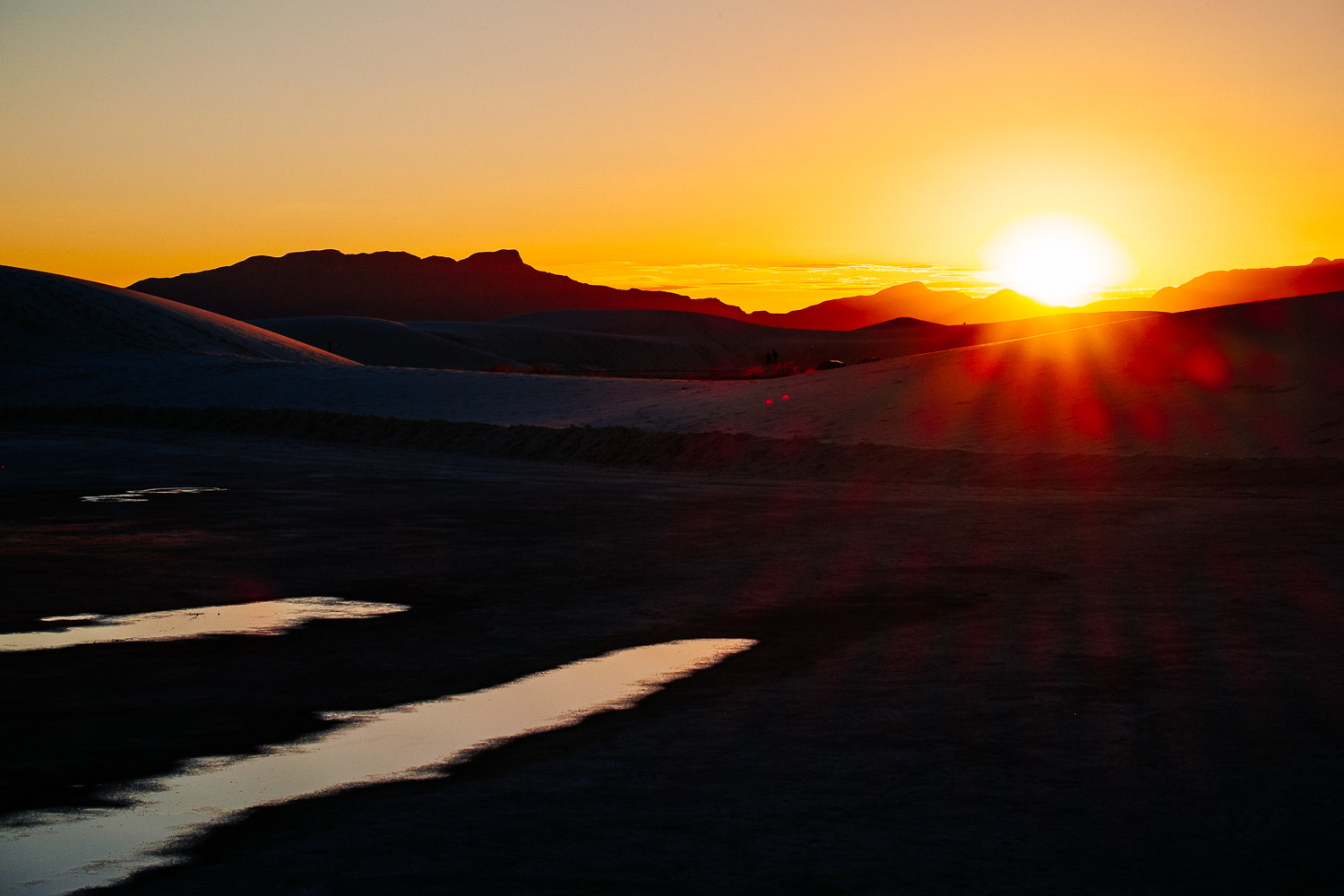 FUJIFILM X-Pro1 (50mm, f/11, 1/300 sec, ISO200)
FUJIFILM X-Pro1 (50mm, f/11, 1/300 sec, ISO200)
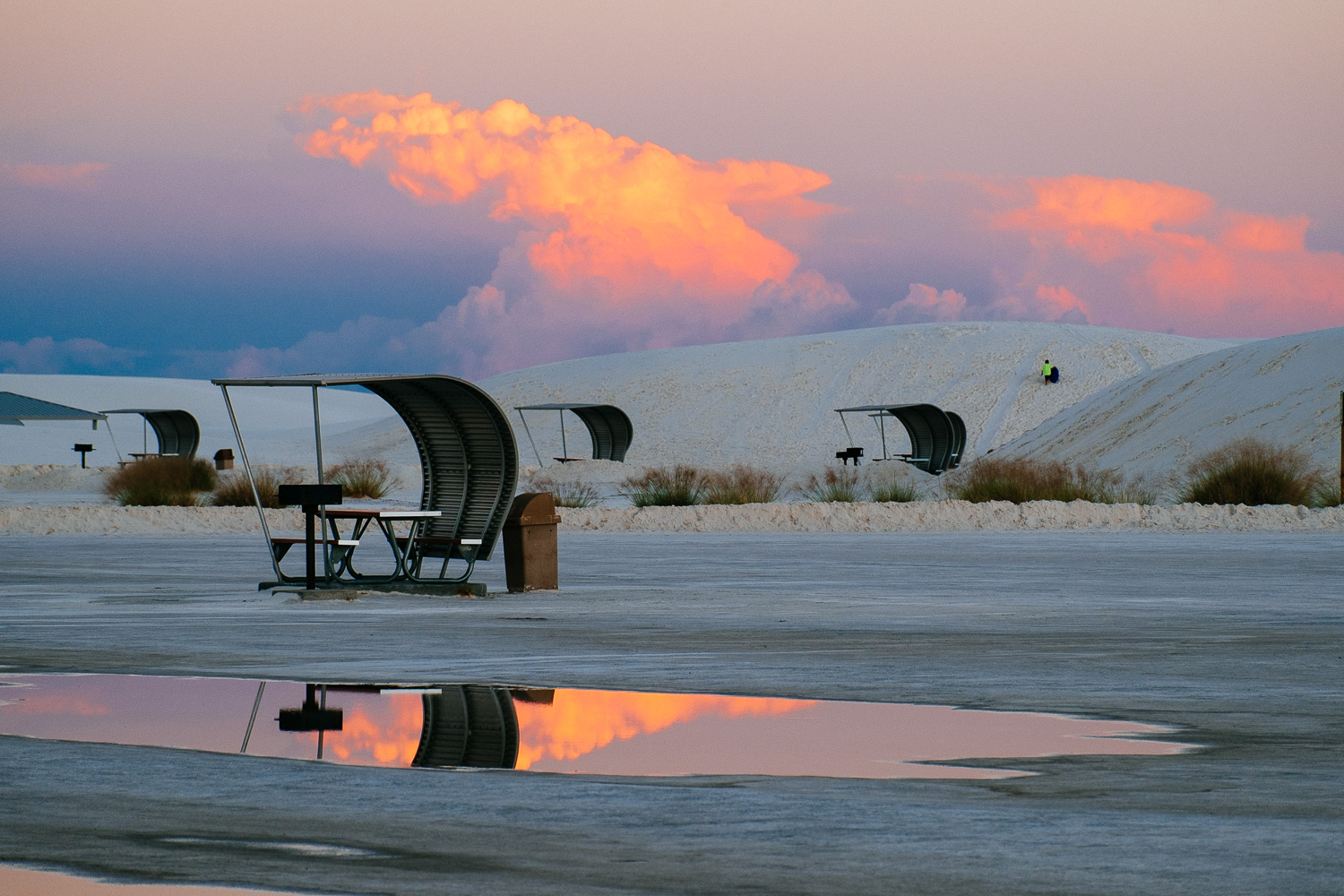 FUJIFILM X-Pro1 (120.6mm, f/5.8, 1/125 sec, ISO400)
FUJIFILM X-Pro1 (120.6mm, f/5.8, 1/125 sec, ISO400)
 FUJIFILM X-Pro1 (230mm, f/8, 1/200 sec, ISO200)
FUJIFILM X-Pro1 (230mm, f/8, 1/200 sec, ISO200)
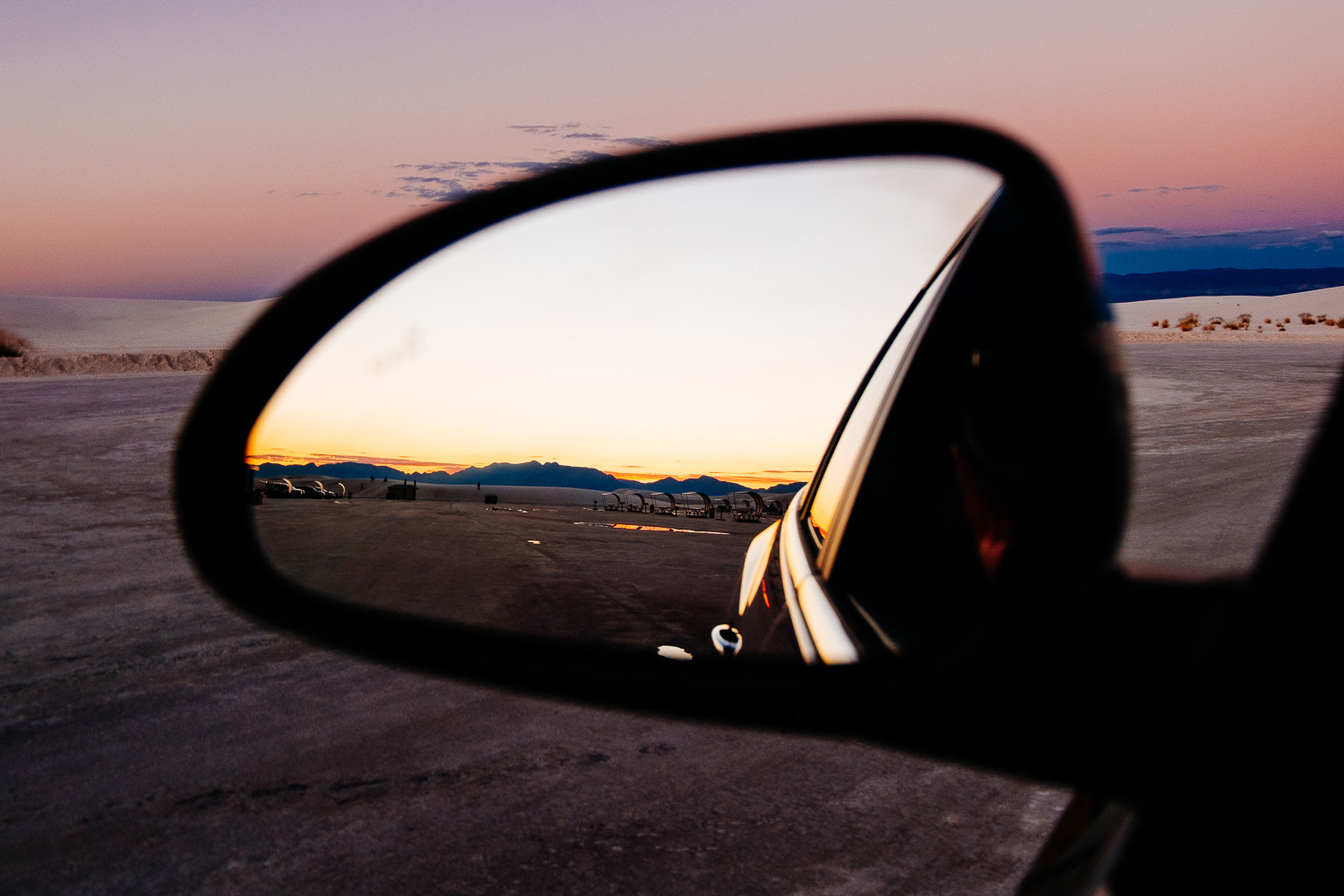 FUJIFILM X-M1 (20.1mm, f/3.8, 1/110 sec, ISO400)
FUJIFILM X-M1 (20.1mm, f/3.8, 1/110 sec, ISO400)
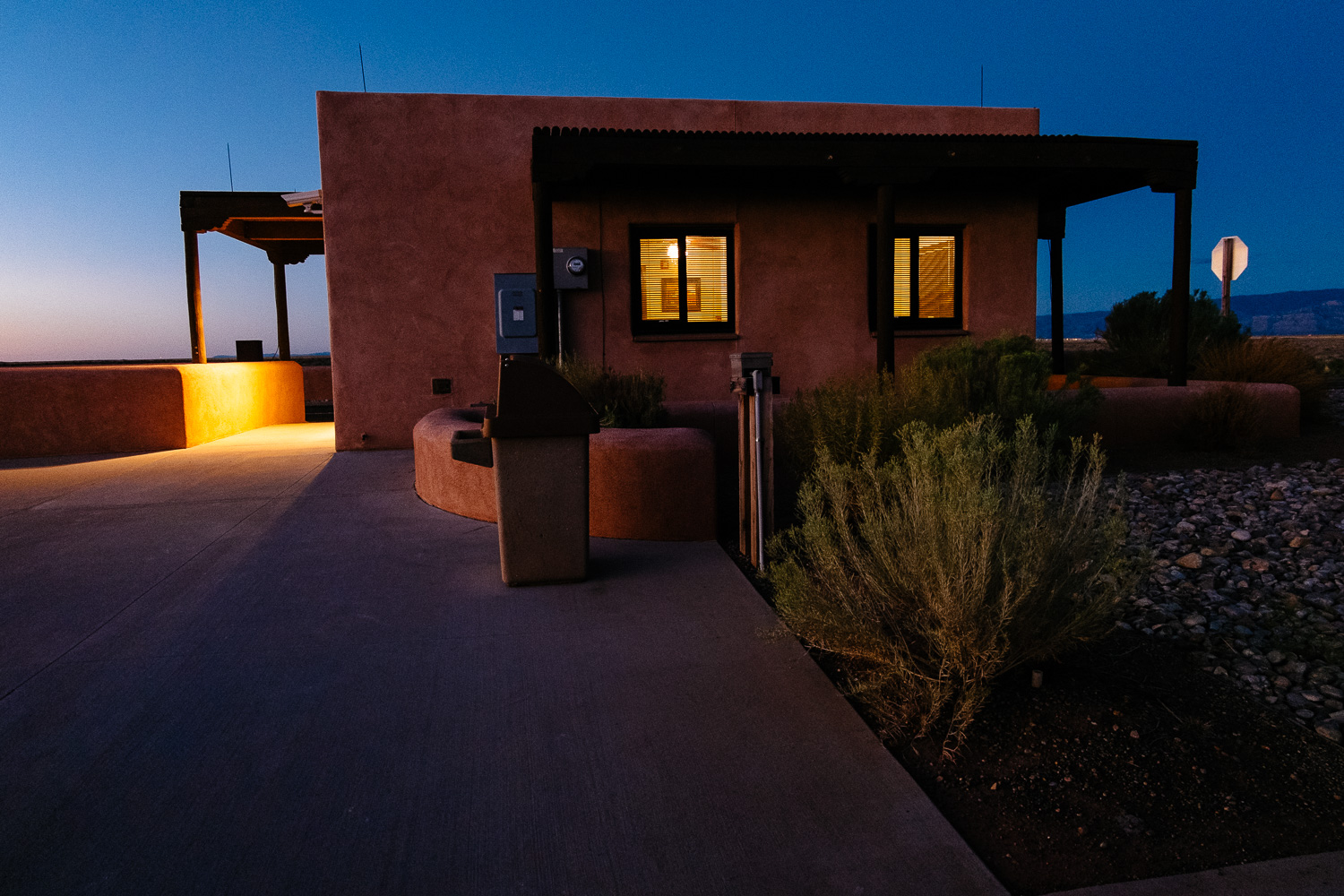 FUJIFILM X-M1 (16mm, f/3.5, 1/30 sec, ISO2000)
FUJIFILM X-M1 (16mm, f/3.5, 1/30 sec, ISO2000)
Sometimes a hunting AF is a good thing. I would have never considered to shoot the distant mountain ridge with the light orange sky defocused. Thanks to the X-Pro 1 plus the slow tele zoom I saw how nice it looked in the viewfinder and took the shot. Strangely it has become my favorite shot.
It was very late when we reached our hotel in Alamogordo. Before we went to sleep I put the batteries in the chargers and took one last picture.

